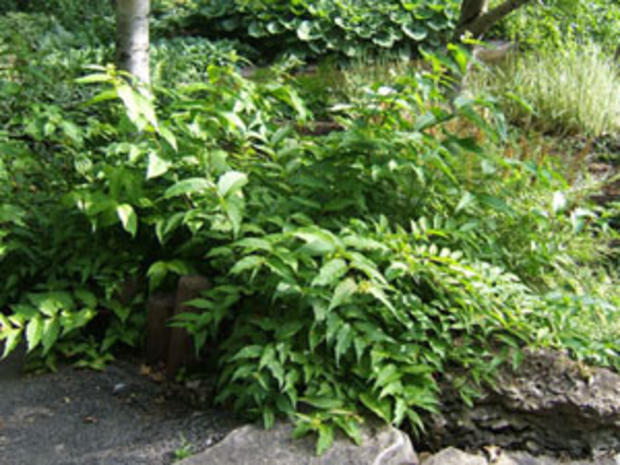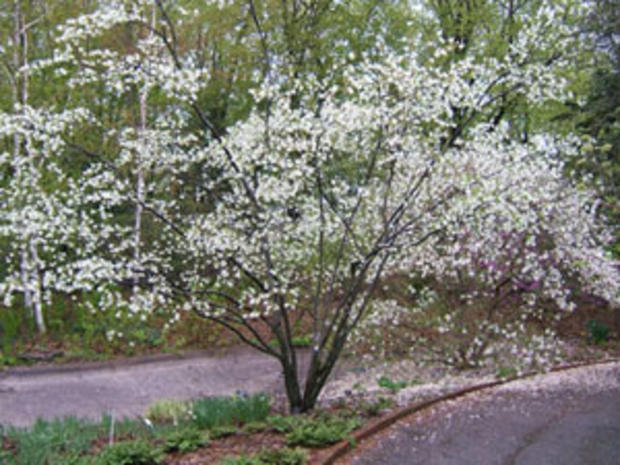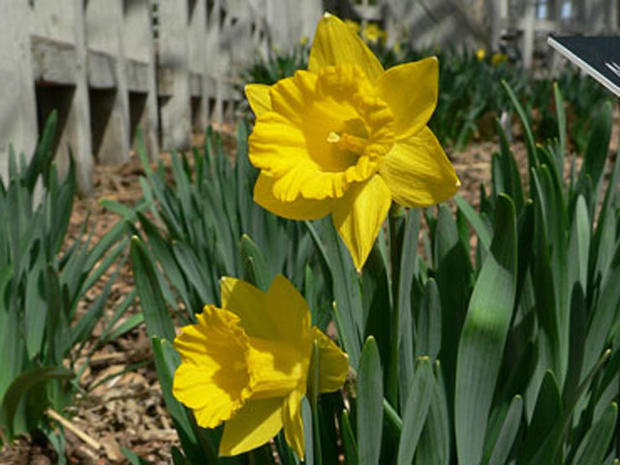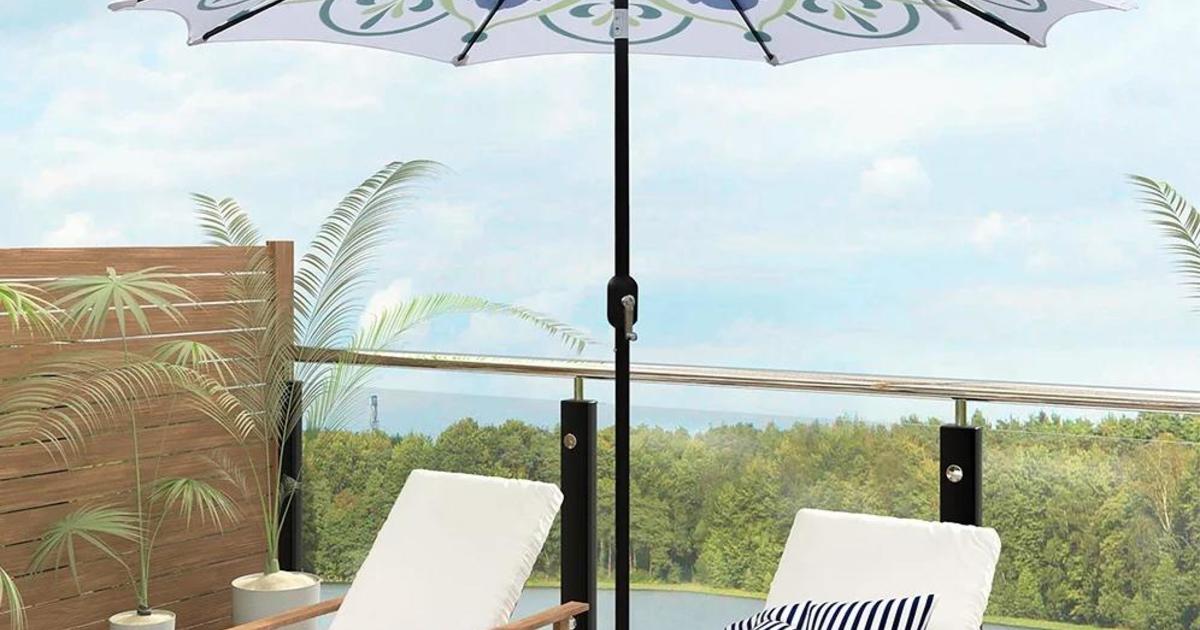Best Tough-To-Kill Plants
But plant killers rejoice! We've got an expert who can change those black thumbs a pretty shade of green by picking the right plants. From flowers to perennials, University of Minnesota Extension Service Master Gardener Julie Weisenhorn helped me find the best of the "tough to kill" plants for outdoors.
(In no particular order ...)
Daylilies
A pretty plant that's great to grow on a slope because it can hold soil back is daylilies. They grow green leaves from early spring into the fall and they bloom a wide variety of flowers, but unfortunately they don't last very long. Daylilies do well in tough soil, like clay and don't need any extra water. As for pruning, just clean up the dead leaves from the year before and cut off the dead flowers.
More On Growing Daylilies
Karl Foerster Feather Reed Grass
If you're looking for some tall grass to add to your landscaping, Weisenhorn recommends Carl Forester Feather Reed Grass. It's great for Minnesota because it comes up early in the spring with a nice, big flush of greenery. And it stays upright all year long with a nice brown color in the off-season. The grass grows several feet high and can be used as a backdrop to other plants. Weisenhorn said the only maintenance needed takes place in the spring when the grass should be pruned to the desired height -- preferably 10-15 inches above the ground.
Sedums
Sedums come in lots of varieties and sizes -- from tiny around rocks to very big as group plants. They're succulents, which mean they retain water and can adapt dry conditions. They do great in well-drained, drier conditions. Weisenhorn said sedums can be used as landscape plants but they also look good in containers. The only maintenance needed is cutting off the dead flower heads.
Dwarf Bush Honeysuckle
A favorite of Weisenhorn is this woody shrub that grows in a nice rounded, mounded form. She said the Dwarf Bush Honeysuckle is very drought tolerant and is great for filling in landscaping space. You'll often see this shrub along boulevards or road islands because it grows best in the sun. Weisenhorn said they have a very interesting leaf that have a hint of red or brownish-red in them. For maintenance, she recommends just cutting back the branches in the spring.
Hostas
You just can't go wrong with hostas, said Weisenhorn, except if you have deer since they love to nibble on them. Hostas come in a huge variety of colors (even dark blue or chartreuse) and can grow amazing flowers. These plants work in the shade and do tolerate dry conditions. Hostas grow so large that sometimes the center starts to die and the new plant will grow around it. Weisenhorn said just divide the plant where it's died and replant the other half or share with friends.
Minnesota Hosta Society
Northern Accent Shrub Roses
Love the smell and look of roses but don't have the patience to water and prune? Then you'll love the University of Minnesota-bred Northern Accent Shrub Roses with three varieties appropriately named for Minnesota -- Ole, Sven (above) and Lena. These roses offer multiple blossoms on a single stem and the shrubs stay pretty small, at about 3 feet tall. As for maintenance, they don't require covering in the winter and pruning means just clipping off the winter dieback -- which means cutting off the brown/black stems down to where the green starts. These lovely shrubs do fine in the summer but actually do better with cooler temperatures in the spring and fall.
Juneberry (Serviceberry)
Native to Minnesota, the Juneberry tree will definitely provide some fruits for your small amount of labor. It's a smaller tree that will generally grow to 15 to 25 feet in some shade, but could get larger in full sun. The Juneberry has lovely, white flowers in the spring and will produce dark purple fruits that Weisenhorn said are delicious. But her favorite part of the tree is the bark, which is smooth and a nice gray color. The tree does need some pruning, like removing small stems from the base of the plant that might grow.
Ferns
There were too many varieties of ferns that Weisenhorn recommends to narrow it down to just one -- so she picked three: Lady Fern, Japanese Painted Fern (pictured above) and Ostrich Fern. The Lady Fern is very hardy and grows about 2 feet tall with nice big leaves. It grows in the shade and is great for woodland areas. If you're looking for some different colors, the fronds (leaves) of the Japanese Painted can have unique colors mixed in like purple or even silver. The Ostrich Fern grows really tall and upright. The interesting feature of the Ostrich is that off-season, it's covered with spores. All ferns are perennial and should grow back every year.
Asters
Another perennial that is great in drier soil because it was originally found in prairies. It grows in bunches and comes in a cornucopia of colors like purple, white and even pink. Weisenhorn said what's great about asters is that after the summer blooms, they have a great, bright colors in the fall. And if you'd like some wildlife visitors in the winter, don't prune the asters. They can attract animals -- furry and winged -- for their seeds and for cover during the winter months.
Daffodils
These flowers might take a little work -- a little -- but it will be worth the effort in the spring. Daffodils start as a bulb that you'll need to plant in the fall. They come in lots of varieties from big to small and don't worry about animals eating them in the winter because they're poisonous. After planting them, make sure they get some water and then wait the long winter. Then they'll be a welcome sight in the spring. Daffodil Society of Minnesota
For more ideas on "tough-to-kill" plants or for specific areas in your yard, like sunny or shade, check out the University of Minnesota Extension's The Best Plants For 30 Tough Sites.













